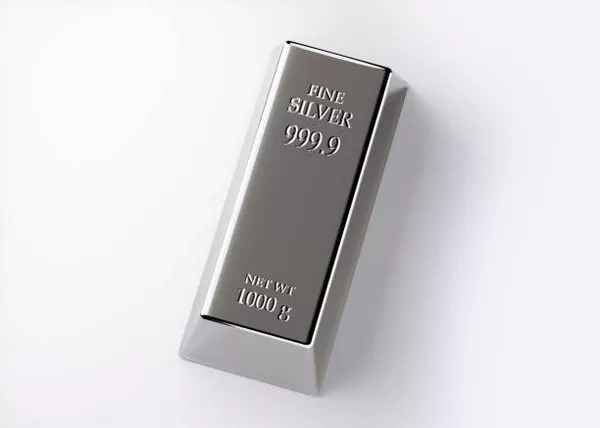The allure of silver has captivated humans for centuries, its timeless elegance and intrinsic value making it a popular choice for jewelry, coins, and various decorative items. However, as with any precious metal, the market is rife with imitations and counterfeit products. Distinguishing real silver from its impostors requires a keen eye and a solid understanding of key indicators. In this comprehensive guide, we will delve into various methods to determine the authenticity of silver, helping you make informed decisions and safeguard your investment.
Hallmarks and Stamps:
One of the most reliable methods to identify real silver is by examining hallmarks and stamps. Genuine silver items often bear specific marks that indicate the metal’s purity and the manufacturer’s identity. Common hallmarks include “925,” “Sterling,” or “925/1000,” signifying that the item contains 92.5% pure silver. Additionally, country-specific marks, such as the British lion or the American eagle, may be present. Scrutinize these marks closely, as counterfeiters may attempt to mimic them, but subtle differences can reveal the authenticity of the silver.
Magnet Test:
While not foolproof, the magnet test is a quick and simple way to eliminate some counterfeit silver items. Genuine silver is not magnetic, so if a magnet attracts your item, it likely contains a high percentage of other metals. However, keep in mind that some fake silver products may be composed of non-magnetic materials, making this method only a preliminary step in the authentication process.
Nitric Acid Test:
For a more definitive assessment, consider using the nitric acid test. This method involves applying a drop of nitric acid to a discreet area of the item and observing the reaction. Genuine silver will exhibit a milky white color when the acid is applied, while counterfeit silver may produce a green or red color. It is essential to exercise caution when performing this test, as nitric acid is corrosive. Conduct the test on an inconspicuous spot to avoid visible damage to your valuable silver items.
Weight and Density:
Authentic silver is denser and heavier than many of its common imitations. Familiarize yourself with the average weight of silver items, such as coins or jewelry, to better gauge their authenticity. Counterfeit products often use lighter materials, so a noticeable weight discrepancy may be an indication of a fake. Utilize a precision scale to measure the weight accurately and compare it to established standards for the specific type of silver item.
Tarnish and Patina:
Silver naturally tarnishes over time due to exposure to air and moisture, forming a thin layer of oxide on its surface. Assessing the tarnish and patina on a silver item can provide valuable insights into its authenticity. Genuine silver tends to tarnish uniformly, acquiring a soft patina that enhances its aesthetic appeal. In contrast, fake silver may exhibit irregular tarnishing patterns or lack tarnish altogether. Be wary of items that appear too shiny or overly polished, as this may indicate a coating masking the true nature of the material.
SEE ALSO Gold Vs. Silver: Which Is A Better Investment
Sound Test:
A unique and less conventional method involves the sound test, which capitalizes on the distinct sound characteristics of silver. Gently tap the item with a metal object and listen to the sound it produces. Authentic silver emits a clear and resonant bell-like sound, often described as a “ping.” In contrast, fake silver may produce a dull or flat sound. While this method requires a discerning ear, it can serve as an additional layer of verification when combined with other tests.
Conclusion:
Distinguishing real silver from imitations requires a multifaceted approach, combining visual inspection, hallmark examination, and various tests. By incorporating these methods into your assessment, you can confidently identify authentic silver items and protect yourself from counterfeit products. Remember that no single test is infallible, so a thorough examination using multiple techniques is the key to ensuring the legitimacy of your silver investments. Arm yourself with knowledge and scrutiny, and you’ll be well-equipped to navigate the market and appreciate the enduring beauty and value of genuine silver.


